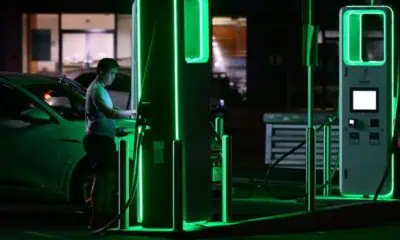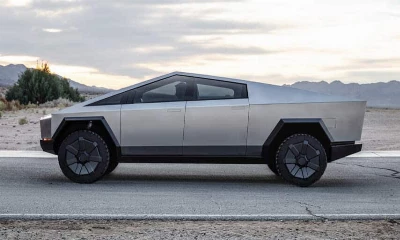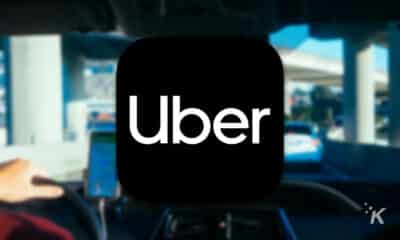Transportation
Is it cheaper to charge a Tesla at home or at a Supercharger station?
If you own a Tesla, you likely already have a home charging setup that you use. But is it the cheapest solution?
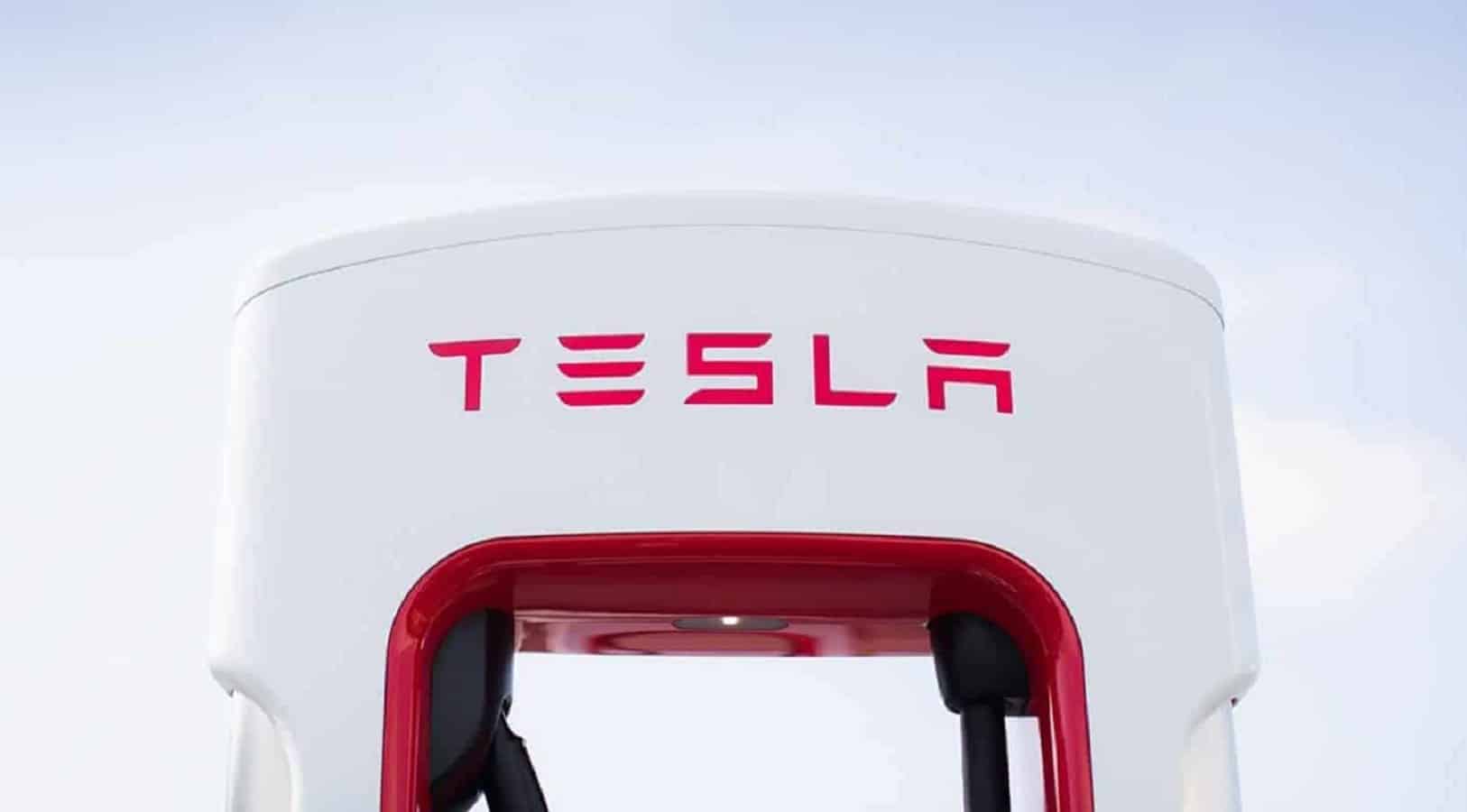
Just a heads up, if you buy something through our links, we may get a small share of the sale. It’s one of the ways we keep the lights on here. Click here for more.
Quick Answer: Charging your Tesla at home is generally the cheapest option. You can reduce costs further by charging in off-peak hours, installing a home solar system if viable, and taking steps to reduce your vehicle’s energy consumption.
Tesla Supercharger stations are popping up across the globe, and having convenient, widespread access to fast charging technology is one major appeal of owning a Tesla.
Convenience, however, often comes at a cost.
If you own a Tesla, you likely already have a home charging setup that you use regularly. But is it the cheapest solution? Great question!
Let’s discuss the two most common charging options—at home and Supercharger stations—and determine which is the most affordable.
Is it cheaper to charge Tesla at home or at a Supercharger?
Short answer: Generally, at home
When charging your Tesla either at home or at a Supercharger station, two big factors will affect the cost: time of day (on-peak or off-peak) and energy costs in the area.
On- and off-peak times vary state to state, so you should check the guidelines for the area you’re currently in.
Whether charging at home or at a Supercharger, doing so during off-peak instead of on-peak hours is the cheaper option.
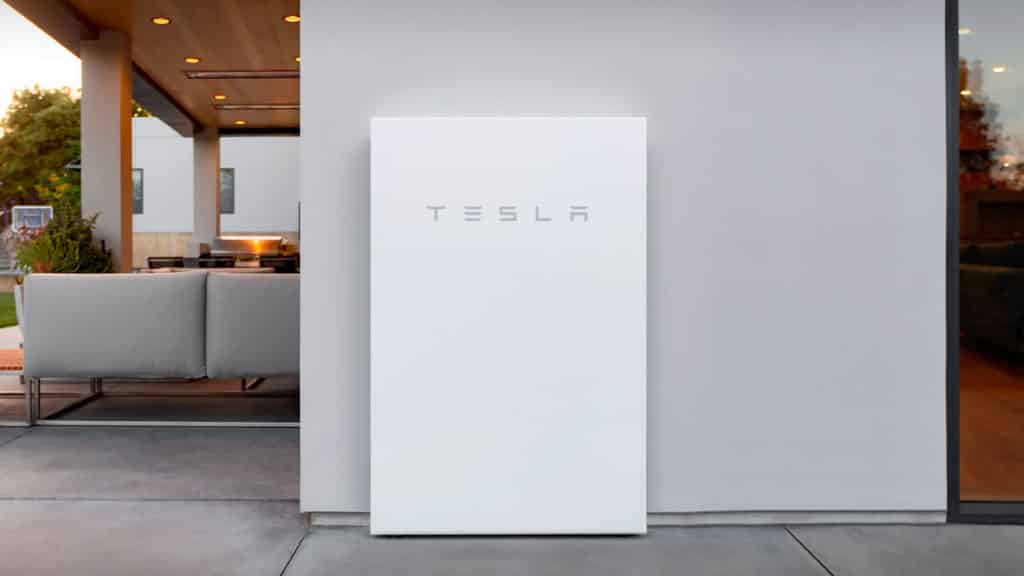
Generally, a Tesla Supercharger station will impose a higher per kilowatt-hour (kWh) price than your home utility company. Therefore, charging at home is almost always the cheapest solution.
If in doubt, you should check with your utility company, the relevant information will likely appear on your latest bill.
That will show how much you’re being charged per kWh, and you can compare that with the price at your local Supercharger station.
How do you reduce Tesla charging costs?
Short answer: Use the cheapest charging options and energy sources, and take measures to reduce your vehicle’s energy consumption
If you’re concerned about the high price of charging your Tesla, you can take steps—some of which we’ve already mentioned—to lower the cost:
- Charge at home rather than using a Supercharger station
- Charge within off-peak times whenever possible
- Take steps, such as lightening your load, driving conservatively, and only using climate control when absolutely necessary, to reduce energy consumption
- Install solar panels on your home and charge during the day
Look, we know solar panels aren’t a viable solution if you live in a region where sunlight is in short supply, and rooftop wind turbines probably aren’t a great move, either.

However, if solar power is an option for you, the right system will not only save you money when charging your EV but will also cut home energy costs in general.
If you want to see a notable drop in the cost of keeping your Tesla juiced, you should utilize as many cost-reduction methods as possible. This list should put you on the right path.
Have any thoughts on this? Drop us a line below in the comments, or carry the discussion over to our Twitter or Facebook.
Editors’ Recommendations:
- The best Tesla winter driving tips (FSD, battery, tires, and more)
- Does the Tesla Model 3 hold its value?
- How to reset a Tesla screen
- Study finds charging EVs overnight at home is bad for the grid


















